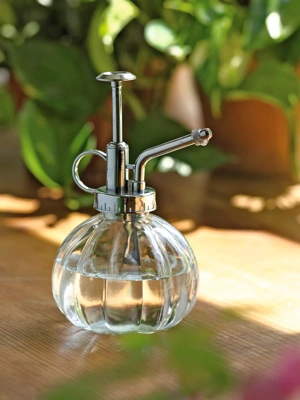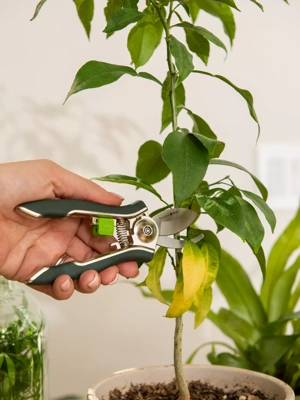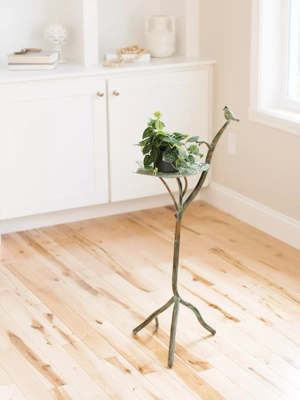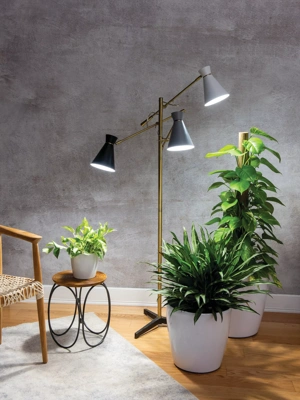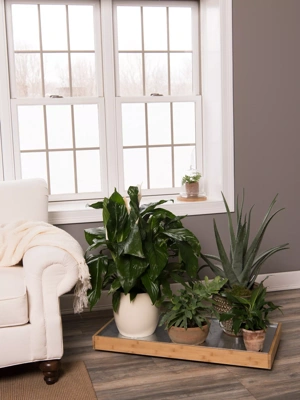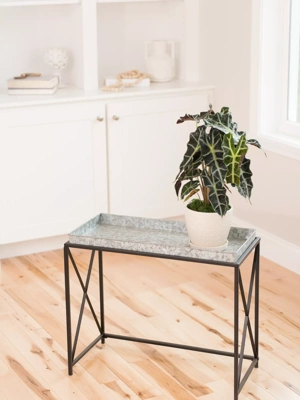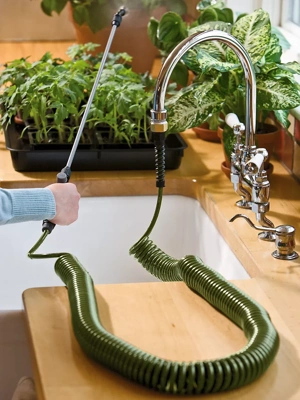How to Grow & Care For Philodendrons
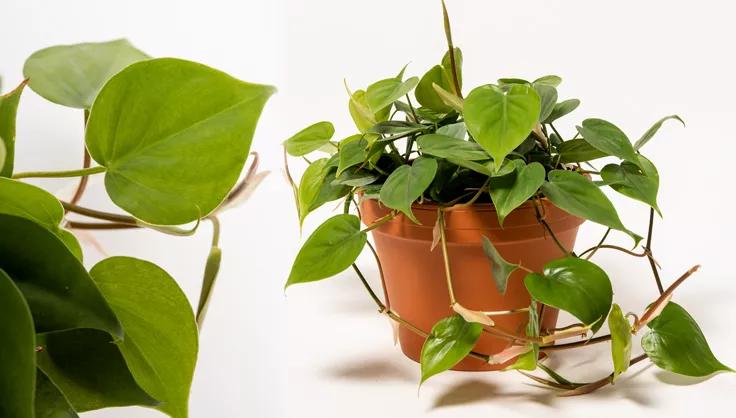
Popular Types of Philodendron
There are nearly 500 different recognized species of philodendron; they are an incredibly diverse genus of plants! Philodendrons are fast growers, and most species can be lumped into either "vining/trailing" or "non-vining/bushy" growth habits.
Consider adding one of these to your indoor garden:
Heartleaf philodendron (Philodendron hederaceum): heart-shaped leaves on a trailing or climbing form
Congo Rojo (Philodendron 'Congo'): upright growth form with red stems and dark green leaves
Brasil (Philodendron hederaceum 'Brasil'): striking yellow and green variegated cultivar
Black-gold philodendron (Philodendron melanochrysum): a rare species with large leaves in a rusty, deep green
Best Growing Conditions for Philodendron
Light
Philodendrons thrive in bright, indirect light but can adapt to moderate or low light conditions. Avoid direct sunlight as it may scorch their leaves. Placing them near east or north-facing windows or providing filtered sunlight via a south-facing window is ideal.
Soil
Well-draining, airy soil is essential for philodendrons. A mixture of potting soil and perlite or orchid bark promotes good drainage and aeration, preventing waterlogged roots.
Humidity
While philodendrons can tolerate average humidity, they appreciate higher humidity levels. Regular misting or placing the plant on a pebble tray filled with water can elevate humidity levels — placement in a steamy bathroom can help too.
How To Care for Philodendron
Watering
Allow the top inch of soil to dry out between waterings. Water thoroughly and ensure excess water drains away to prevent root rot. Adjust watering frequency based on environmental conditions and the plant's size.
Fertilizing
Feed philodendrons with a balanced, water-soluble fertilizer diluted to half-strength every 4-6 weeks during the growing season (spring and summer). Reduce or stop fertilization in the dormant season (fall and winter).
Pruning
Pruning helps maintain the plant's shape and health. Trim yellow or dead leaves at their base using clean, sharp scissors or pruning shears. Regularly removing damaged or leggy growth encourages new growth.
Propagating
Philodendrons can be propagated through stem cuttings. Take a cutting with several nodes, place it in water or directly in moist soil, and wait for roots to develop before potting it.
Philodendron Pests and Problems
Identifying and Controlling Pests
Common pests for philodendrons include mealybugs, spider mites, and aphids. Remove pests manually, use insecticidal soap, or neem oil to control infestations.
Common Signs of Stress and Treatment
Signs of stress in philodendrons include yellowing leaves, browning tips, or stunted growth. Ensure proper care, such as adjusting light, humidity, or watering, to help the plant recover.
Philodendron FAQs
Q: Is my plant a pothos or a philodendron?
A: At first glance, they do appear similar! Both pothos and philodendron belong to the Araceae family along with other popular houseplants like monstera and peace lily. However, pothos belong to genus Epipremnum; their leaves tend to be waxier and larger than philodendron, which belong to genus Philodendron. Both pothos and philodendrons both have aerial (air) roots that are used to climb and absorb nutrients and moisture from the air. However, pothos aerial roots are thick nubs, with just one root extending from a node, while philodendron aerial roots are thinner and typically in a cluster of 3-5.
Q: How often should I repot my philodendron?
A: Repotting every 1-2 years or when the plant outgrows its current pot is recommended to refresh the soil and provide more space for root growth. Philodendrons will tolerate being rootbound, however they will be happiest when given a little extra room.
Q: Can I prune my philodendron to encourage bushier growth?
A: Yes, regular pruning can stimulate new growth and promote a bushier appearance. Trim leggy stems or dead growth to maintain a desirable shape.
With growing habits that range from elegant and vining, to bold and jungle-like, there is sure to be a philodendron that appeals to you! These tropical beauties are not only visually appealing but also incredibly resilient, making them an excellent choice for gardeners of all levels.
Last updated: 05/09/2024
Print this Article:
Related items
Get the Dirt
Stay up to date on new articles and advice. Please fill out the information below.

